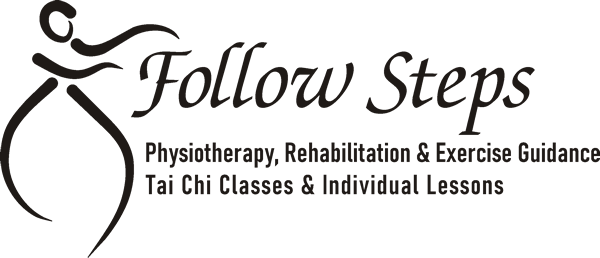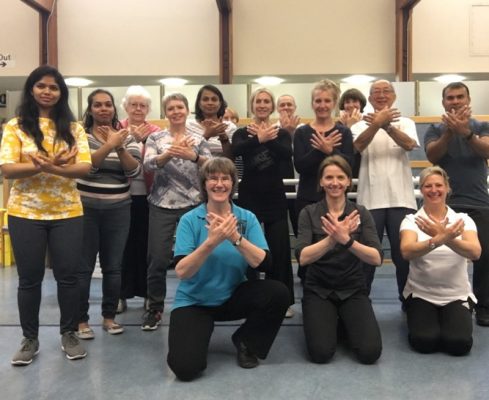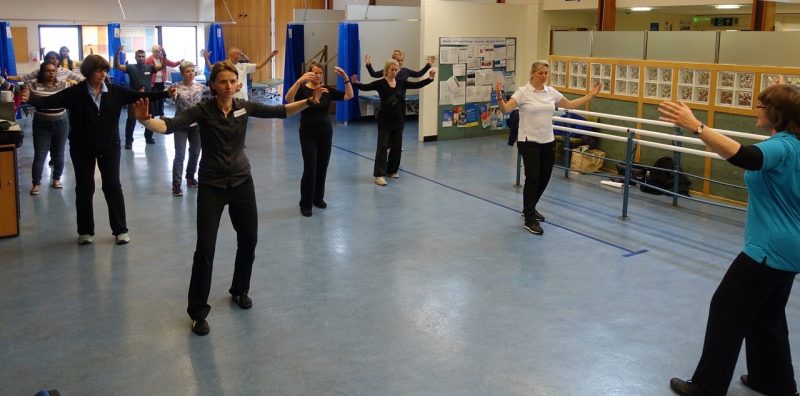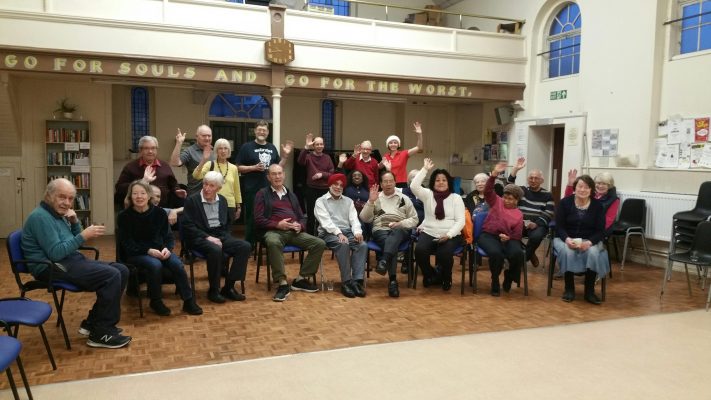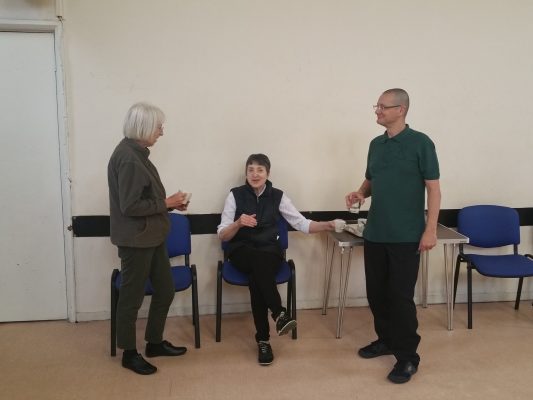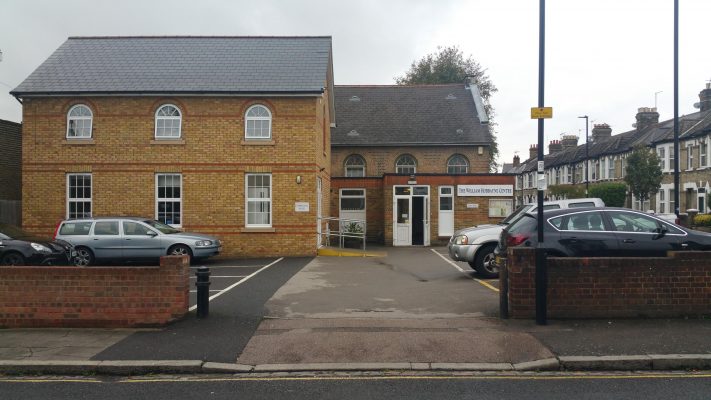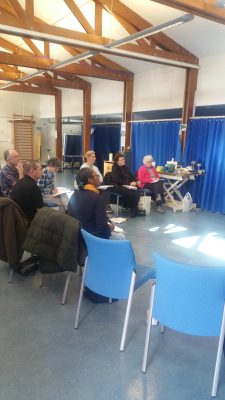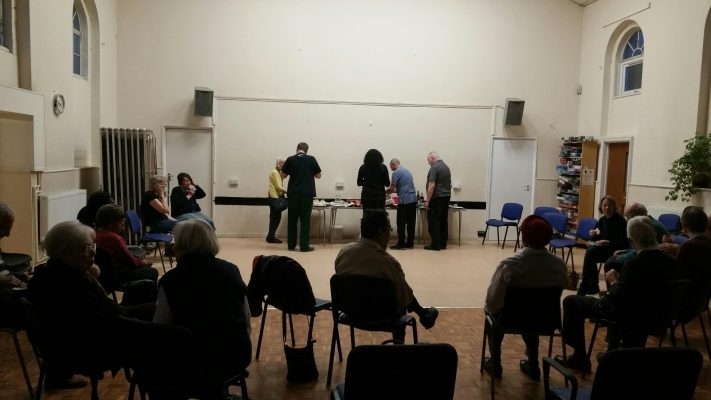Links to Tai Chi organisations
The Tai Chi for Health Institute, wwww.taichiforhealthinstitute.org
Tai Chi Union for GB, www.taichiunion.com
British Council for Chinese Martial Arts, BCCMA | British Council for Chinese Martial Arts
Tai Chi/Qigong in research :
A Comprehensive Review of Health Benefits of Qigong and Tai Chi
https://www.ncbi.nlm.nih.gov/pmc/articles/PMC3085832/
Knee osteoarthritis, the effect of cycling and Tai chi
https://www.bjanaesthesia.org/article/S0007-0912(19)30506-9/fulltext
Tai Chi/Qigong in media:
https://www.bbc.co.uk/sounds/play/m001hf9h
Tai Chi for Parkinson’s https://youtu.be/2yyg1eDy0r0
What is Qigong and Tai Chi Chuan?
TAI CHI and QIGONG
Tai chi is great exercise for improving balance, core and lower body strength, coordination and cardiovascular health.
What is Tai Chi? Tai Chi ( less commonly spelled “Taiji”) originated in ancient China and has its roots in Chinese medicine, meditation and martial traditions. Tai Chi is also known as meditation with movement as it combines relaxed flowing movement with a calm but alert mental state ( Yu 2003). There are many styles of Tai Chi and even more forms. The oldest one known is Chen. The other well known styles the Yang and Sun style both developed from Chen. Tai Chi loosely translates as shadow boxing and is also known as internal martial art.
Tai Chi has four commonly differentiated pillars.
- Qi Gong
- The Form
- Push hands
- Applications
Long standing participants of Tai Chi are also known as Tai Chi players as you often see them playing with movement attempting to apply the Tai Chi principles into the new movement they happen to be learning during their practice.
The foundation pillar of Tai Chi is Qi Gong, a vast selection of repetitive moves encouraging health and well being of the body. The practice of Qi Gong moves encourages gentle stretching of joints and muscles in relaxed postures. The second pillar known as Tai Chi Form is a selection of movements performed in preselected order and its length can be as short as 24 to well over 73 moves. There are differences between styles and forms and every school will have a little variety in their forms. What is most important is that Tai Chi principles are adhered to when practicing even the simplest of moves. Those principles encourage good relaxed balanced posture, integration of the whole body in creation of movement, while maintaining softness, awareness and avoiding tension.
Tai Chi has been used in many health studies and the research is now backing its unquestionable benefits to health.
How Can Tai Chi Improve Your Health? From our own experience as clinicians and via application of Tai Chi movements to individual clients training programmes we know that modified Tai Chi/Qigong exercises are highly enjoyable and effective. In our classes we teach exercises which are selected from the traditional Qigong and basic Tai Chi form movements and adapted when needed; the main focus is on exercising large joints throughout their functional range of movement, loosening the waist, and maintaining upright posture throughout selective stepping sequences. All selected stepping sequences are focusing on maintenance and development of good stepping width, length together with correct heel strike and push off throughout the gait cycle. Tai Chi consists of fluid, gentle, graceful, and circular movements that are relaxed and slow in tempo. Breathing is deepened and slowed, aiding visual and mental concentration. Tai Chi is a sophisticated art with many different styles and forms. Despite the many variations of Tai Chi, its effectiveness for improving health and inner energy derives from a set of essential principles.
Tai Chi has been shown in research to strengthen lower limb muscles, improve flexibility, posture and balance which results in prevention of falls. In deconditioned and sedentary population, it improves cardiovascular endurance. Tai Chi aids mental relaxation and increases sense of well-being. It is especially suitable as a therapy for chronic conditions because its movements are slow and gentle, and the level of exertion can be adjusted to suit each person’s physical condition.
Regular practice of Qigong & Tai chi has many health benefits. Tai chi is often described as “meditation in motion,” but it might well be called “medication in motion.” There is growing evidence that this mind-body practice, which originated in China as a martial art, has value in treating or preventing many health problems. Tai chi differs from other types of exercise in several aspects. The movements are usually circular and never forced, the muscles are relaxed rather than tensed, the joints are not fully extended or bent, and connective tissues are not stretched. Tai chi can be easily adapted for anyone, from the most fit to people confined to wheelchairs or recovering from surgery. Regular practice of Qigong /Tai chi is known improve balance, focus, posture, range of movement . When practiced in standing it will strengthen your postural, core and lower limb muscles. You may already have a problem with your balance or would like to ensure that your balance stays at its best. Let us teach you a short form (set of movements) you can practice any time and anywhere without any equipment to ensure that you stick with the regular practice every exercise needs in order to be effective in improving your health in general but mostly your balance and posture.
Practicing Qigong and Tai Chi is great way how to improve and maintain your standing static and dynamic balance, coordination, core and leg strength. We will adapt each move if necessary and gradually progress to match your ability.
We practice movements from the Sun Style form (73 moves) Yang style form ( 24 moves also known as the ” Beijing form”).
We adapt some of the moves if needed and allow you to progress in your own pace and ability. Using a wheel chair no problems. We will adapt the form allow you to use your body, shoulders and arms. Challenging also your body awareness, coordination and memory.
Why Choose Follow Steps To Teach You Tai Chi? Simplicity in learning while remaining focused on health.
At start Tai Chi it can appear little confusing. Tai Chi can be taught in so many ways, there are many different forms and styles. When you learn with us you will start with an adapted shorter form of Sun style Tai Chi. We select movements to allow even a complete beginner to learn the foundation and principles of Tai Chi. Even if you have not exercised for a long time or if you have some limitation in movement caused by a health condition or old injury in our Tai Chi exercise class we will teach you slowly, adapting any exercise if needed to avoid straining your body.
In our classes you can take a rest at any time and ask questions when you are unsure. Our classes run for one hour, which includes a thorough warm up using selected Qi Gong exercises, a few walking drills and finally the form. We do not teach push hands or martial application of the moves as that is not the aim of our classes. There are many Tai Chi schools who do and we gladly recommend other teachers who will be able to take you to that level if you wish .
FREE and EXTRA PRACTICE OPPORTUNITIES (all welcomed)
Free outside practice ( be sure to drop Michaela a text message before you come ++32 468 099 299 in case of weather or other disruptions)
Meeting place : Kruisvest, 8000 Brugge ( Close to Sint – Janhuismolen)
Month: July / August 2024 ( 2, 9, 16, 30/07 & 13,20,27/08)
Time: Tuesday am 10 – 11: 30 am (Belgium)
Qigong and Tai chi Chuan
